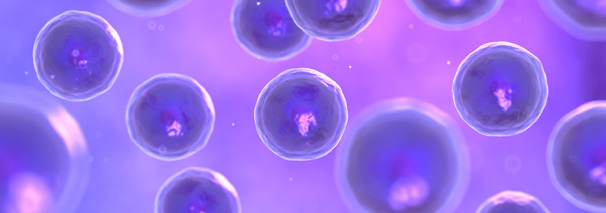
During Artificial Insemination and In Vitro Fertilisation treatment, woman passes through ovarian stimulation phase that prepares her to assisted reproduction treatment. The phase of ovarian stimulation has an objective: inducing a controlled ovulation and the maturation of oocytes. The purpose of this first phase of treatment is stimulating the ovary to achieve the creation of different follicles and more mature oocytes that implies more possibilities of pregnancy during the treatment.
Oocytes classification
The obtained oocytes after ovarian stimulation phase should meet a series of characteristics to be considered valid in an assisted reproduction treatment that is why a previous appraisal is done to classify them. The appraisal of the oocytes quality is based on oocyte morphology, the presence of a pellucid zone, perevitelline space, RSAA polar corpuscle, plasma membrane (oolema), and cytoplasm (ooplasm).
Which characteristics have to meet an oocyte?
An oocyte is considered normal morphologically and consequently of good quality when it has a definite, regular pellucid zone with good proportions, a virtual perevitelline space that includes RSAA polar corpuscle, unique polar corpuscle slightly flattened with spherical shape, a regular oolema, and homogenous ooplasm
Oocytes with lower pregnancy rates contain:
- The presence of dismorphic polar corpuscle.
- The existence of a larger and irregular perevitelline space with content inside.
- Pellucid zone anomalies are associated to worst results after ICSI.
- Cytoplasmic anomalies are associated to lower pregnancy rates and frequent aneuploidies.
From: Sociedad Española de Fertilidad







